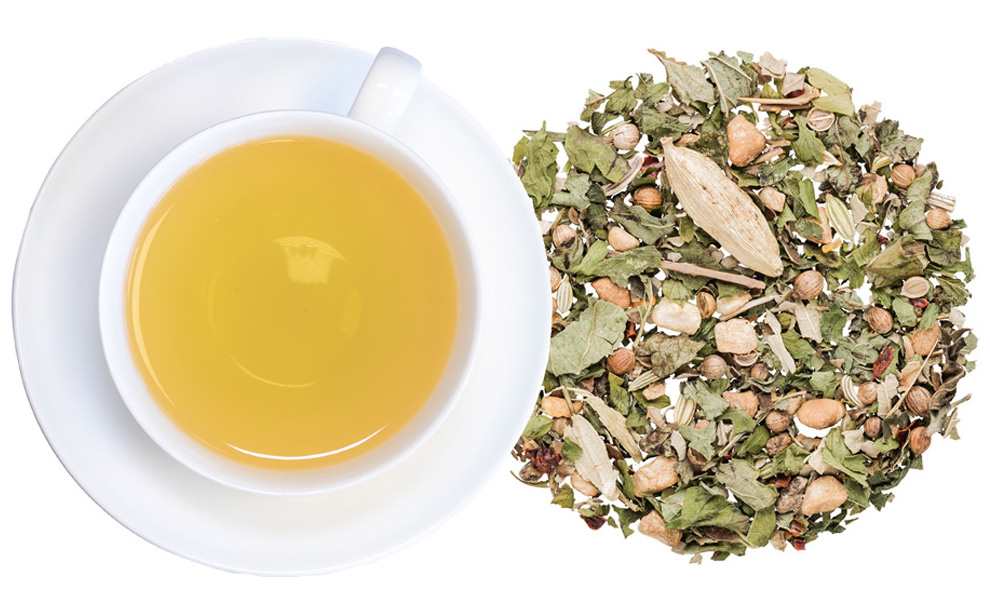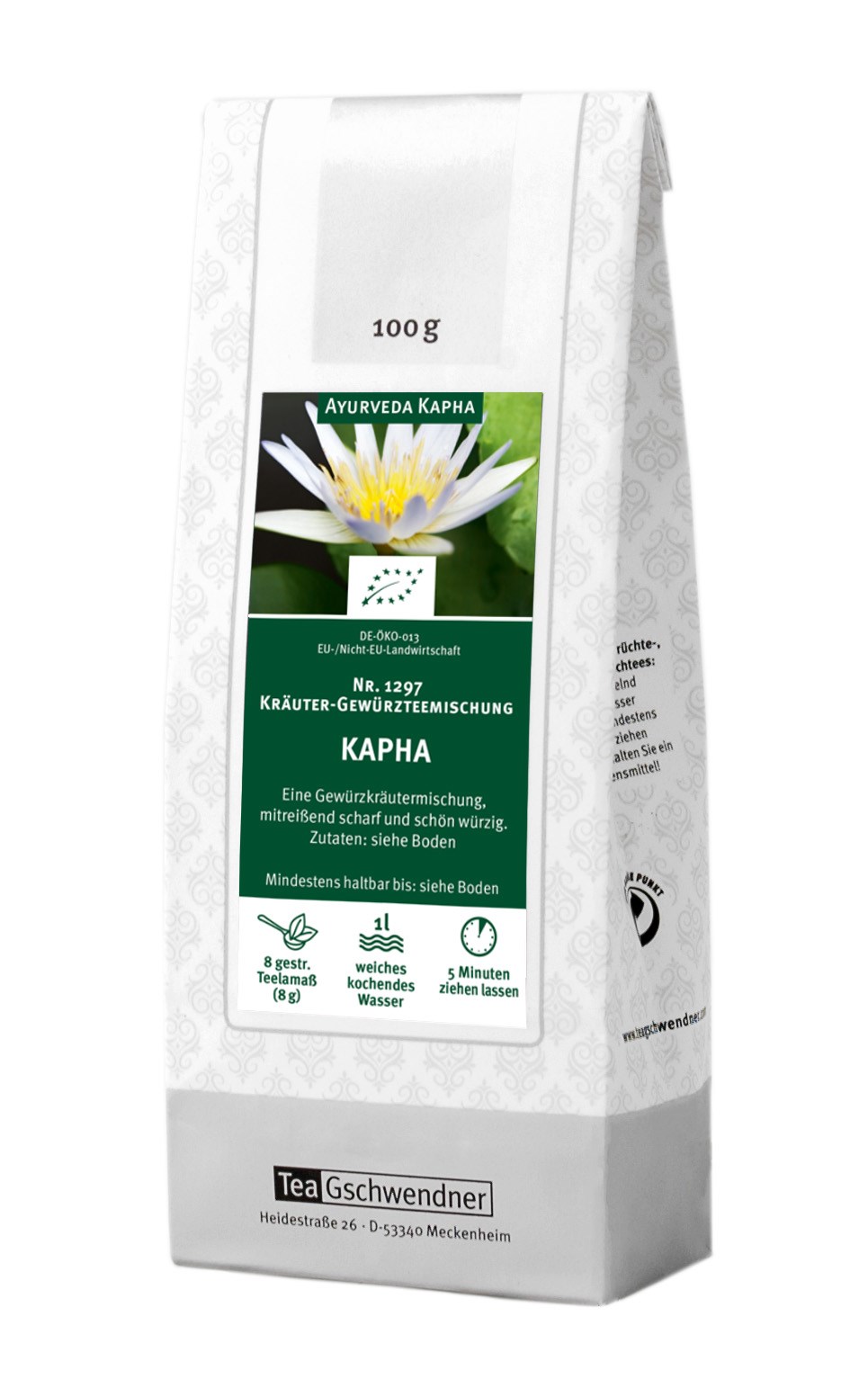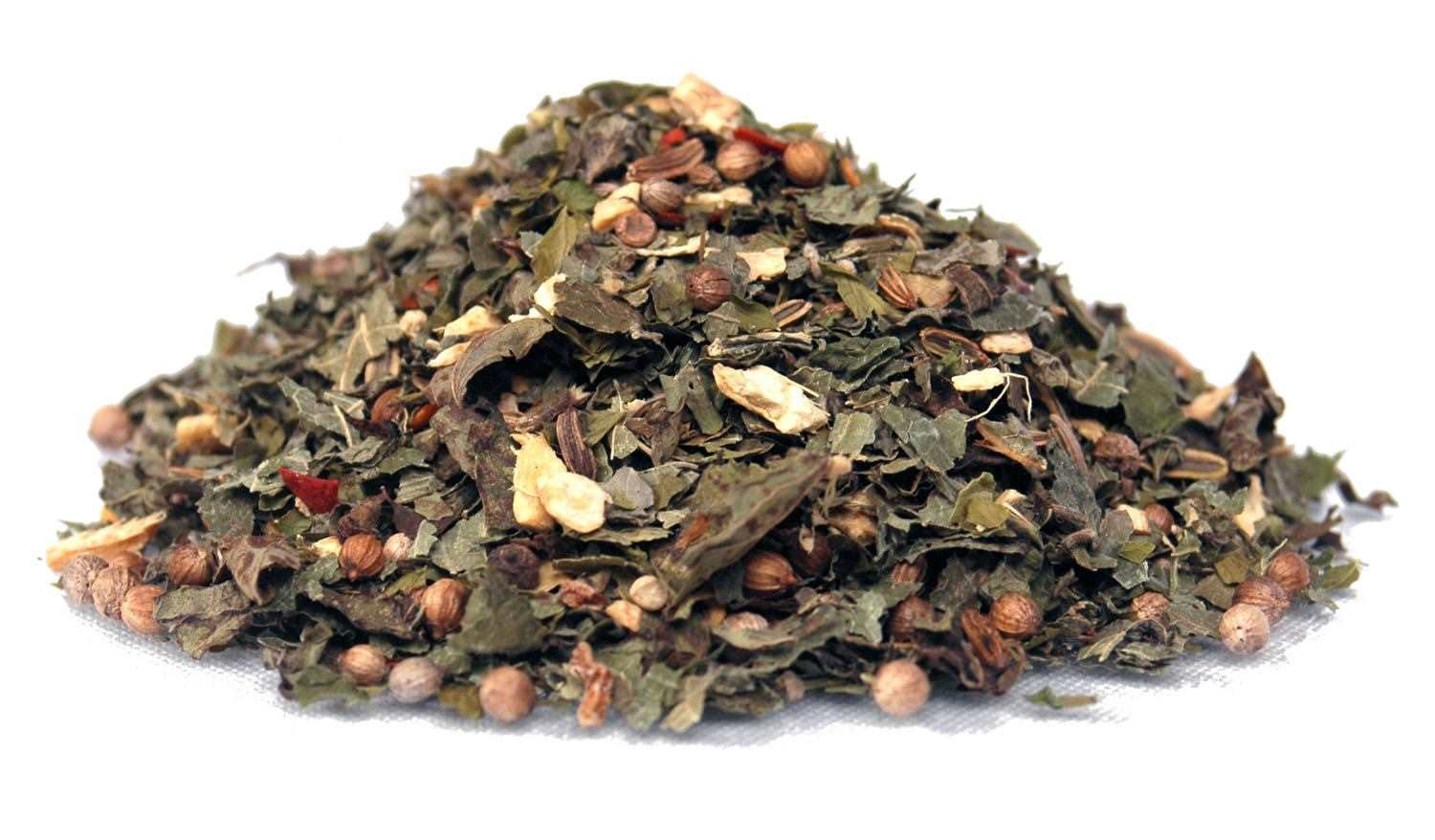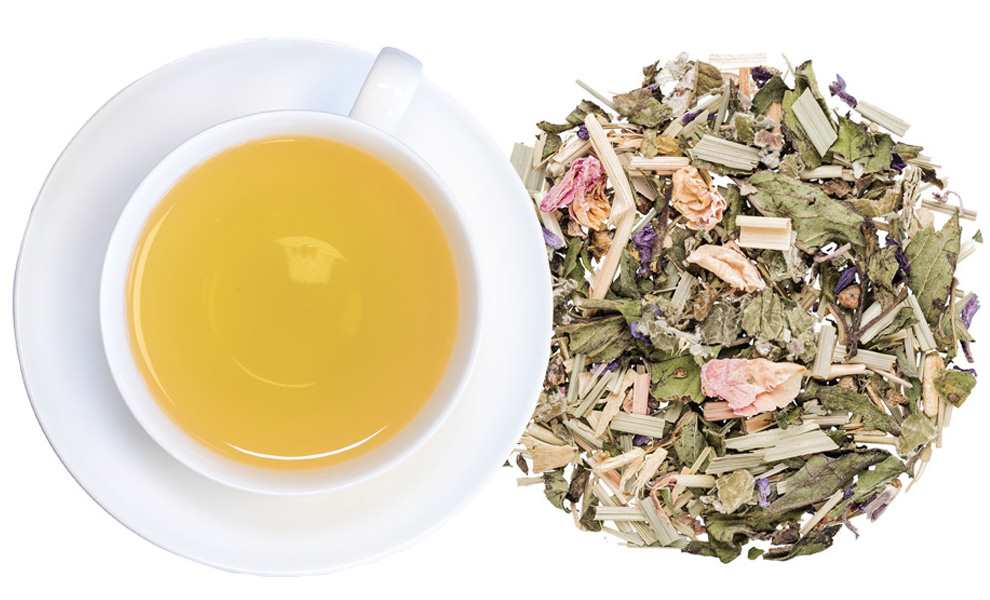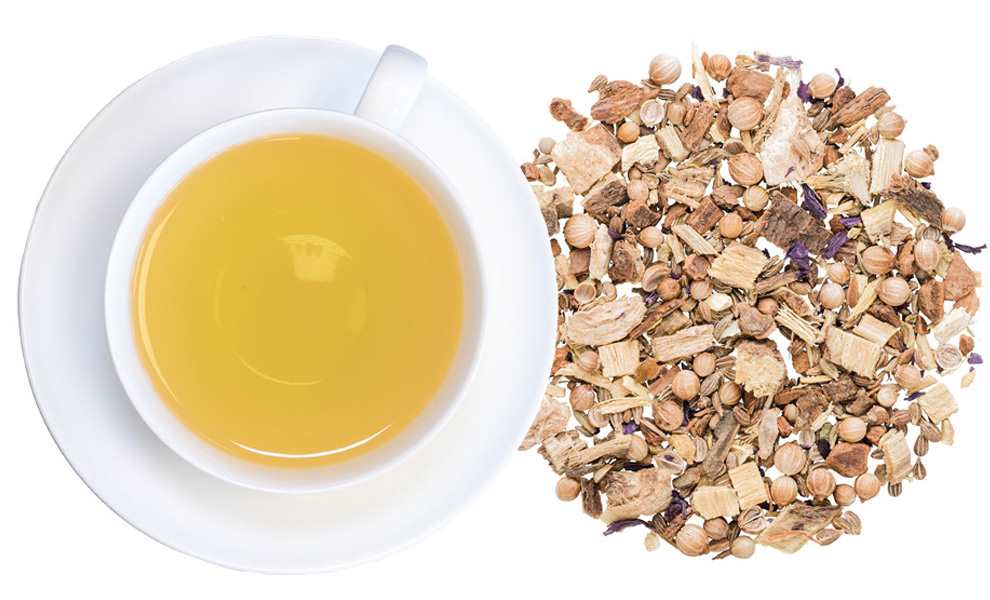Kapha organic
{{ store.zipCode }} {{ store.city }}
- {{ translateDay(store, weekDay.number) }}:
- {{ formatTime(businessHour.businessHour.start) }} - {{ formatTime(businessHour.businessHour.end) }}
Properties
| Attributes: | To drink cold |
|---|---|
| Cultivation method: | Organic |
| Edition: | Classic Edition |
| Flavour: | spicy / cinnamon |
| Seals: | Organic cultivation |
| Taste: | ginger |
| Tea type: | Herbal Tea |
| Quality (TGR) | TGR93 | 100 |
Ingredients
Ginger*, blackberry leaves*, lemon balm*, parsley*, fennel*, coriander*, chili*, cardamom*. *Organic cultivation
Organic certification

The organic seal is the European label for organic products and labels our teas from controlled ecological production according to the regulations of the EG-eco-regulation on the organic farming.
Preparation
8 g Herbal spice tea blend (8 level Teelamass) to 1 liter filtered, boiling water. Allow to brew 5 min.
 8g / l
8g / l  100°C
100°C  5Min.
5Min. Ayurveda - The teaching of life
Wellness. Fitness. Health. In the last decade, these terms have become a trend and have fortunately reshaped people's awareness of their health. In the course of this development, many people are increasingly interested in Ayurveda.
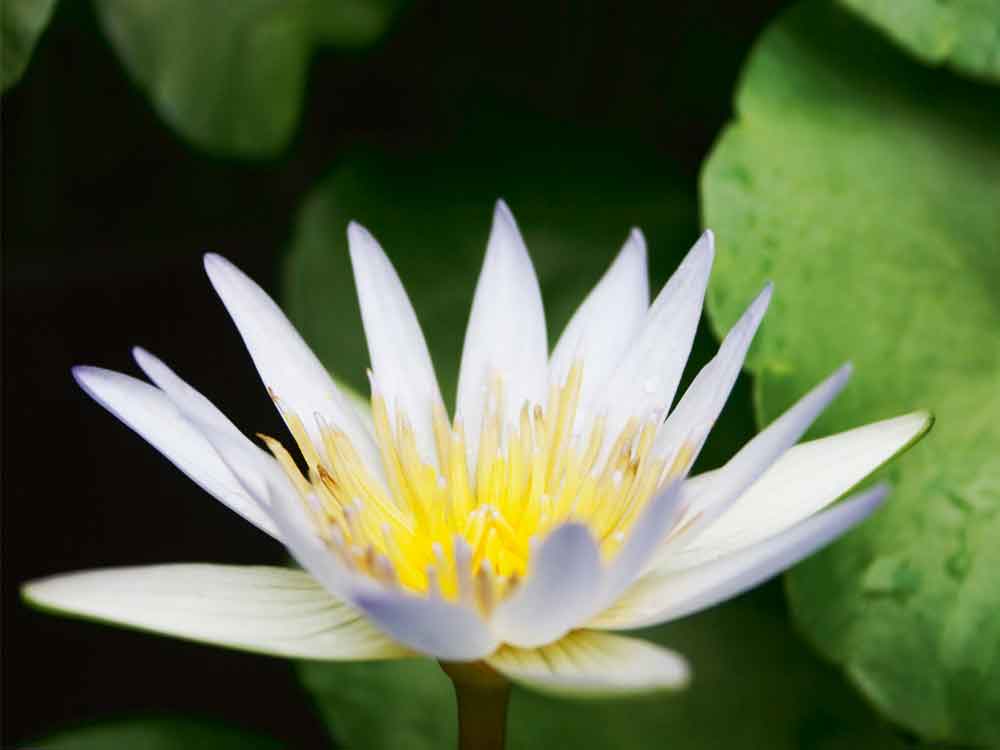

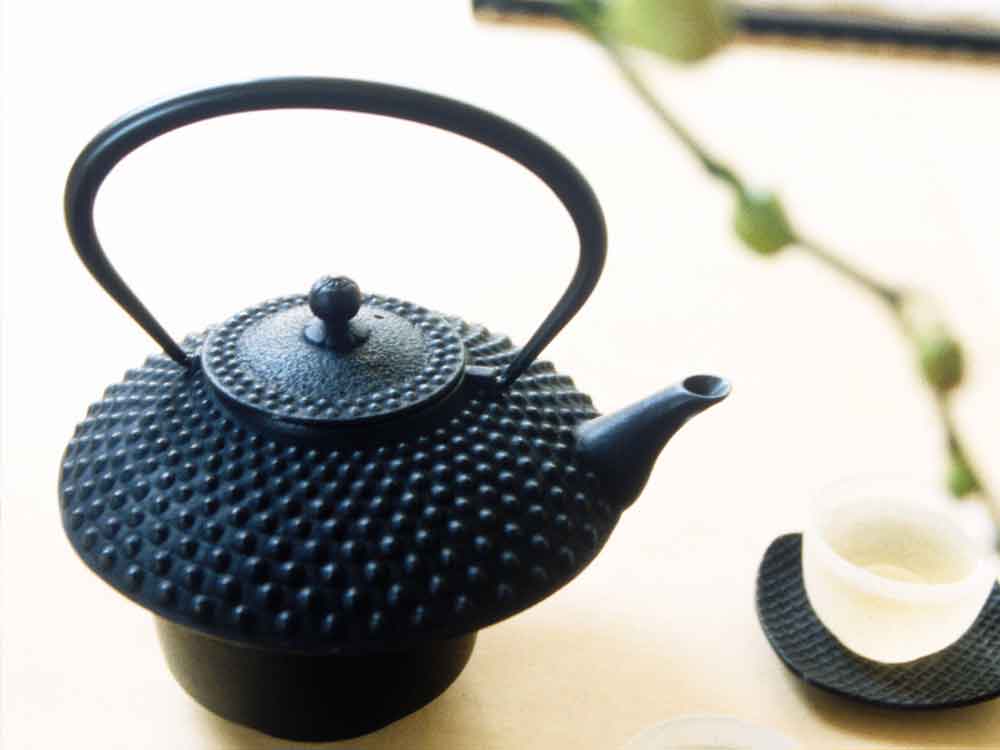
Ayurvedic view of man
The 3 Doshas
Kapha - The structural principle

Reviews
All reviews (84)
Distribution
Login
23.12.2025
-
22.12.2025
-
14.12.2025
Super lecker
17.09.2025
-
14.09.2025
Gute Qualität , leichter frischer Geschmack
23.08.2025
-
05.07.2025
-
24.06.2025
-
21.04.2025
-
24.03.2025
-




